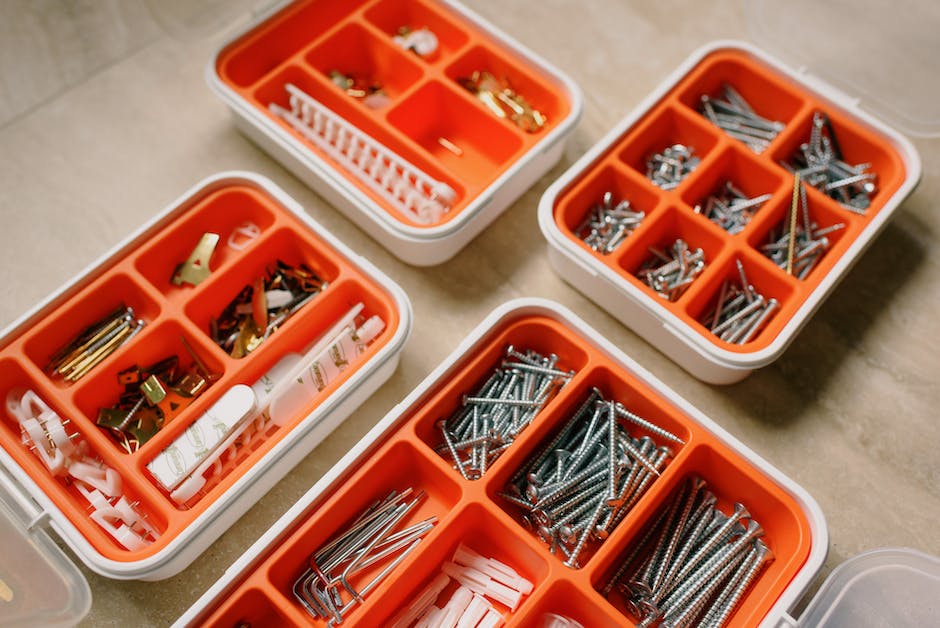What Size Inverter Do I Need? Don’t Get It Wrong!
Do you have a need for power outdoors and want to ensure that you can power your devices reliably and to the highest quality? Whether you’re camping or in an emergency situation, an inverter might be the solution you need. But what size inverter do you need to power your devices?
The size of the inverter you’ll require will depend on the type of devices you’ll be using and the amount of cable you’ll need to connect them. Some of the most popular types of devices powered with inverters are phones, tablets, laptop computers, DVD players, televisions, fan and lights.
[recommendations keyword=’what-size-inverter-do-i-need’]
Choosing the Right Size Inverter
Not all inverters are created equal, and choosing the right size inverter is essential for the best performance and safe operation. To ensure that you get the correct size of inverter, you’ll need to consider the following factors:
- The type of power outlets that your devices use – for example, some devices use 110v while others use 220v.
- The wattage or amperage of the devices you’ll be connecting to the inverter.
- the length of the cable that you’ll need to connect the devices to the inverter, and the gauge of the cable.
In addition to these factors, you’ll also need to take into account other variables such as the type of batteries your inverter will be using, and the type of environment you’ll be using it in.
When it comes to camping, I have a few tips for choosing the right size inverter for your needs. First, take into consideration what type of appliances you’ll be powering. For instance, if you plan on using a laptop or a tablet, you may need a smaller inverter such as a 500-watt or 1000-watt inverter. A bigger inverter such as a 1,000-watt or 2,000-watt inverter will be more suited for powering things such as TVs, appliances, and speakers.

How Many Watts Do I Need?
The most efficient way to calculate the size of the inverter you need is by determining the wattage of your devices. Most small devices, such as lights and laptop chargers, use around 100-watts of electricity. Electronics such as TVs and video game consoles require more power and can range from 200-watts to 600-watts depending on the size, model, and manufacturer of the device. Larger devices, such as air conditioners and microwave ovens, typically require 1,000-watts or more.
Once you’ve determined the wattage of your device, you’ll need to choose an inverter that is capable of providing the necessary power. If the wattage of your device is unknown, you can use a Watt Meter to measure the watts needed.

Using an Inverter with Your Car Battery
If you’re looking for a more portable solution, then using an inverter with your car battery may be the solution you need. To use an inverter with your car battery, you’ll need to choose one that can handle the wattage of your device and connect it directly to the car’s battery.
When it comes to connecting an inverter to your car battery, it’s important to ensure that you’re using the right size cable. For optimal performance, you’ll want to make sure that the cable is at least 4-gauge and no more than 6-gauge in size. Depending on the wattage of your device, you may also need an additional amp or two.

Inverter Size Chart
This chart shows a guide as to the size of inverter you need to power your devices. It’s important to remember that these numbers are guides and may vary depending on the voltage and wattage of your device.
- < 250 watts: 400-watt inverter
- 250 – 300 watts: 600-watt inverter
- 300 – 500 watts: 800-watt inverter
- 500 – 800 watts: 1000-watt inverter
- 800 – 1200 watts: 1500-watt inverter
- 1200 – 1700 watts: 2000-watt inverter
- > 1700 watts: 3000-watt inverter
If you’re still not sure which size inverter you need, then check out this helpful video:
As you can see, choosing the right size inverter is essential to ensure power is delivered safely and efficiently. Paying attention to detail when it comes to wattage and cable size can make all the difference when it comes to power reliability.
I hope this blog post gives you a better understanding of what size inverter do you need. If you’re looking for an inverter that’s suitable for your needs, then make sure to check out the selection of inverters here.